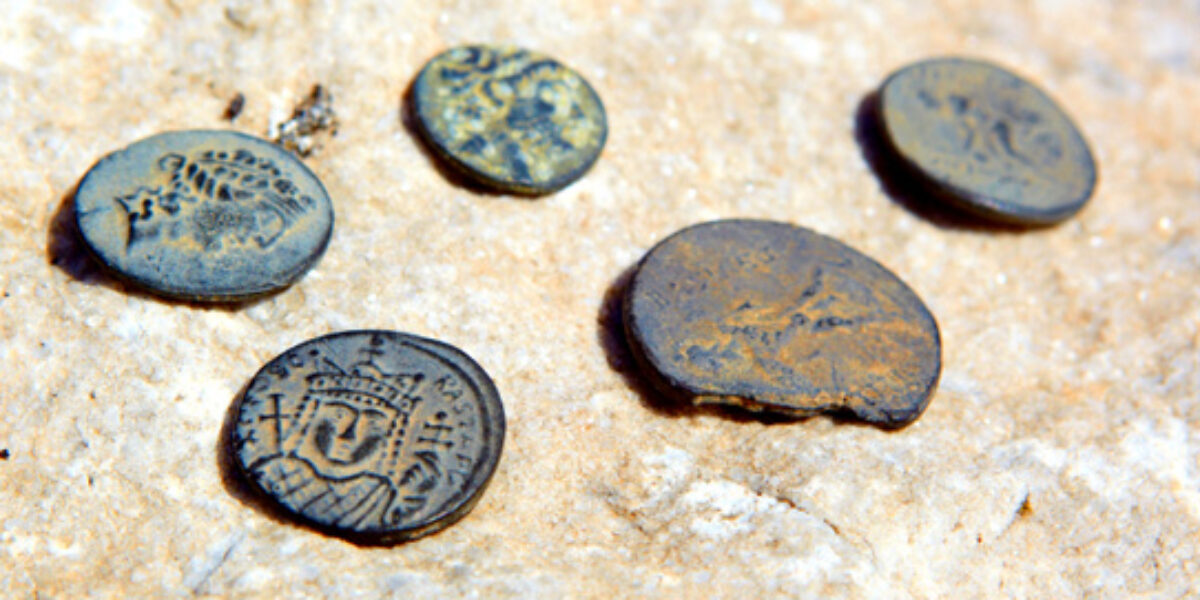Jesus famously overturned the moneychangers’ tables in the temple. Learn more about the practice of money changing, including its purpose and origin.
People came to Jerusalem at the time of the yearly celebration of Passover and for other religious holidays. Part of the celebration and worship involved sacrificing animals and making offerings of grain to God. Different sacrifices required different types of animals (for example, see Lev 3:1-13; 14:10,21; Num 28:16-25), so many sellers set up animal pens and cages in the outer court of the temple, which was called the court of the Gentiles. This court was the only part of the temple that Gentiles (non-Jewish people) were allowed to enter, so moneychangers often set up money tables where out-of-town Jewish visitors could change their money into the special kind of money used at the temple. The people used this money to pay the annual temple tax.
Sometimes, the sellers overcharged people, and the moneychangers did not give a fair amount of money back to people in return for the foreign money they had exchanged. Jesus accused these sellers and moneychangers of being robbers. He was also making the same point that the prophet Amos had made eight centuries earlier: Offering sacrifices was not as important as worshiping God and being fair to people (Amos 5:21-24). The chief priests and other temple officials, as well as their families, made money from the activity of selling and buying at the temple, so they didn’t like it when Jesus attacked this system.




